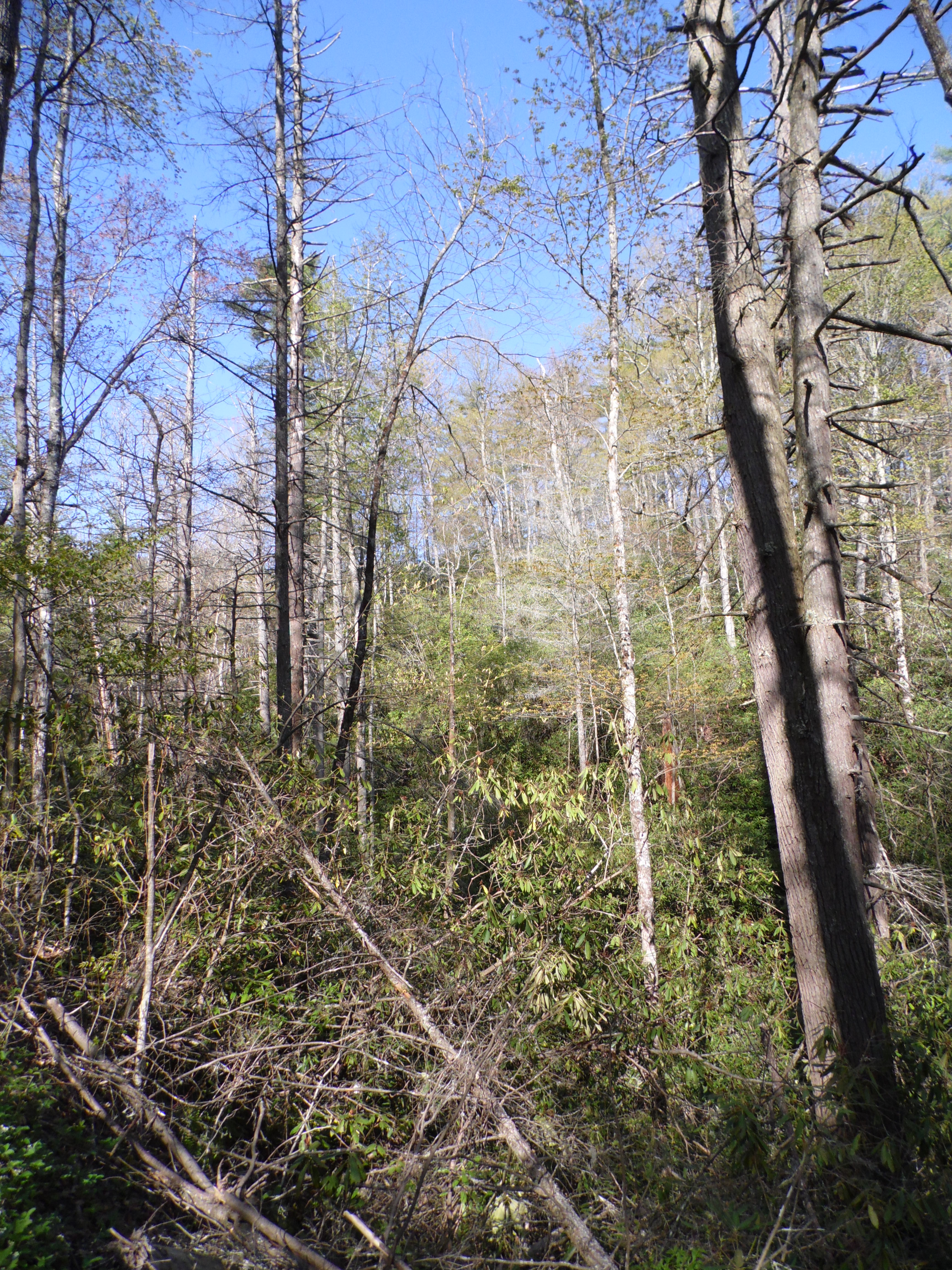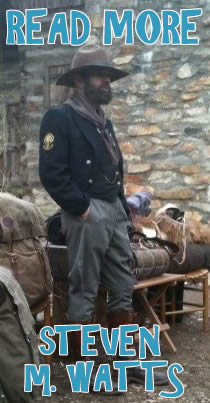Hemlock, Gift Giver of the Standing People
If you missed part 1, it’s right here 😉

Hemlock
The gifts of the forest are legion. Today those gifts are thought of as arcane anecdotes to a fast and furious culture disconnected from its environment. Just five centuries ago, the lore of plant foods and medicines and craft materials was the mainstay of the everyday. Every man, woman and child held this knowledge with an intimacy born of pragmatic use and reverence.
Whenever people ask me about the best way to go about learning survival skills, they are often surprised at my answer:
“Learn the wild plants first. They are the foundation for all that follows.”
To create a fire, for example – in the old way, without a match – you must choose your materials with care. Not just any wood will do. You must know that elite tribe of trees that “swallowed fire” in the ancient days, and you must be able to recognize it when it is dead.
To make a bow, again only a handful of trees should be considered; and again you must recognize it without its leaves. Bow wood is cut in winter.
For emergency water, there are several trees that can be tapped and drunk without any precautionary preparation.
For a survival shelter, a very straight trunk of dead tulip magnolia might look appealing. But familiarity with its brittle grain precludes its use.
And, of course, the plant kingdom contains a wealth of foods. But it also has its poisons. Distinguishing one from the other is vital to one’s well-being. Out of default – lacking such plant savvy – many people find their thoughts turned to meat for satisfying hunger in a survival situation. But tracking down, stalking and killing animals is a daunting task for the uninitiated. Animals run away. But not plants. They wait for you. You simply need to know in which habitat to look for a particular species.
The Cherokees called the trees “The Standing People.” Their choice of words is profound. “Standing” does not refer only to the upright posture of tree trunks. It reminds that the trees do not move around in the search for food. “People” denotes some kind of sentient capacity for awareness – a primordial feature of all plants discovered by our scientists only in the last few decades. In other words, when you think you are alone in the forest … you’re not.
All of us were introduced to the former concept (“standing”) in high school through a rather dry interpretation of photosynthesis. It’s a pity how cold and lifeless the presentations were, because this miraculous process is the linchpin equation for every single beat of our hearts, every step we walk, literally every move we make and thought we entertain. Plants supply us with every ounce of energy we burn by first capturing it from the sun. The sun produces the fuel that runs us. The plants deliver it. This little known fact about life on Earth – or at
least one that we don’t fully acknowledge – ought to take a front seat in our consciousness. Let me briefly put it to you again in such a way that your entire perspective on life might be forever changed!
~ Revisiting a Miracle ~
Physicists of Einstein’s era learned that sunlight contains energy – packets of it. Those packets might as well be encased in blocks of solid steel, for we can’t open them. Only the green plants can.
Just a tiny sliver of the sun’s total output touches our planet. But it is enough. That sliver would fall impotent upon the Earth (other than warming it) and for the most part reflect away were it not for the green plants. It is the “green” of plants that absorbs energy. And so plants are our allies in the life-on-Earth equation. They are the middlemen, capturing solar energy so that it is available to every living thing. Where do they store it? In the food they make. We call it sap.
So, while all the animals of the forest – fox, deer, snake, etc. – are spending almost all their waking time in the search for food, the green plants are making it. And in the process, with each solar-brewed batch of sap, two by-products are worth mentioning: 1.) A gas is made by the plant. It’s the gas we breathe. 2.) And a gas is absorbed – the one we exhale as a waste.
If you are sitting by a window right now, look outside at a tree. If the last three paragraphs sank in, I’m betting that tree is looking a little different to you now. It’s more than pleasing to the eye. It’s crucial, regal, highly specialized, salubrious, beneficent, and very cooperative.
~ Becoming Plant Literate ~
Learning the plant kingdom might seem an overwhelming project. It’s true that it takes years of study to begin to feel diversified and confident enough to search out, harvest, prepare and eat wild plants. But some plants are easy to get to know, and we’ll start with one of these.
The Hemlock Tree
Don’t let the name scare you. The hemlock poison that Socrates drank (and what a horrible death it was) came from an herb, also called “hemlock.” There is nothing toxic about a hemlock tree. In fact, its edible (digestible) parts contain carbohydrates, fats, protein, phosphorous, iron, vitamins A and C, riboflavin, thiamin and niacin.
How to Recognize it
Hemlock is an evergreen. In the East there are two species – one so uncommon that we will concentrate only on the other – Canada hemlock. Hemlock is a true montane tree, growing all through the Blue Ridge both in valleys and high on rock cliff outcrops (generally north-facing). When the tree is found in the piedmont, it is usually in a cool dark cove. There is a delicate feathery look to the tree, as its branches, branchlets and needles flatten into planar, fanlike boughs that droop downward. The top of the tree’s spire droops also. The needles are much shorter (3/8 ” to 3/4 ”) than most other pines and come in two distinct sizes. In addition to the more obvious needle that extends laterally from its branch, a much smaller needle lies flat against, on top of and in line with the branch. It is twisted to show its underside and its two linear white stripes. These stripes are rows of pores for gas exchange during the food-making process and lie on the underside of both types of needles. The miniature cones made by female trees are about the length of the longer needles.
Only the fir tree might be confused for a hemlock, because both make short needles that lie in two rows to form a plane. But firs are not common in most of the Blue Ridge. And look closely at the base of a needle. Hemlock needles have a small stalk. Firs don’t.
Because hemlocks flourish on the banks of mountain streams, these evergreens play a key role in stream ecology. Any tree growing near a creek or river is drawn to the sunny space over the water; and so it leans, shading the water. Few trees can rival the hemlock as a shade maker – which is one reason the headwaters of streams (in the mountains) are cold. Trees can easily shade a headwaters stream from bank to bank.
Cool water contains more oxygen than warmer water, and so this coolness dictates which species of aquatic life can survive. Species of fish and a host of invertebrates might perish if the water were to warm by just a few critical degrees. This might include trout.
Survival Gifts of the Hemlock
Here’s a survival tip of immeasurable value: The inner bark of all the native pines of Southern Appalachia is edible. Being one of those pines, hemlock could save your life. Will you like the taste of it? Maybe, maybe not. But it contains critical nutritional value.
The inner bark is a thin but compact layer of tubes that lies just beneath the rough outer bark. This is the tree’s circulatory system, delivering a water/nutrient “soup base” to the leaves and then distributing energy-rich food to the roots. Think of the inner bark as a complicated, multi-appendaged sock that fits over the tree’s entire trunk/limb/branch structure.
To sample this food, choose a branch that faces south (to discourage possible fungal invasion in the wound) and carefully slice away the rough gray-brown outer bark with the edge of a sharp knife. Beneath this thin “skin” lies the greenish and yellow-white inner bark. Using the point of your knife cut a rectangular incision down through the exposed inner bark into the wood. In spring you can then peel the inner bark up with your fingers. In mid-summer or later you’ll need to coax it up with your blade. Below the inner bark you will reveal the off-white to amber wood, which makes a decided “tap” when you gently strike it with your knifepoint.
At first the inner bark is tough. Then it becomes chewy – a little like gum. Finally it breaks down like a food and you’ll know when to swallow it.
Long strips can be boiled to make “pine noodles.” Or dry the bark for over a week and grind it into a fine powder by using a mortar and pestle. In this form the bark is hemlock-flour for use in baking. Cherokee men used this flour as an “odor-eater.” Before the hunt, they rubbed it onto their bodies to absorb human scent. Soaking the inner bark also yields a pink dye that can be used on crafts.
Young male cones – still green – can be boiled and eaten. Spring shoots of succulent green branch and pale immature needles can be eaten raw during new growth periods – which might come several times in one season. A vitamin- rich tea can be made from the needles any time of year.
Roots are surprisingly tough, and even the small rootlets can be used as cordage without any preparation other than digging them up. The outer bark is rich in tannin – an astringent – and was stripped off a great number of felled trees a century ago to accommodate America’s booming tanning industry.
The outermost branchlets of hemlock are probably the tiniest to be found in Appalachia. Some are as thin as thread. Because the tree allows the lower limbs to die (for want of sunlight absorption), this fine branching provides an excellent kindling – but only if the weather has been dry and if the tree is not standing in a humid valley. The dead rough bark can hold enough moisture to foil even a match flame.
One of the most important gifts of hemlock lies in the grain and texture of its wood, for this is one of the very few pines that “swallowed fire” in the ancient days. You can create fire by friction from its dead wood. Most other pines are too resinous to accomplish this.
A Poignant Moment in History
Despite all these practical applications of the hemlock tree, in our time its value lies primarily in what it contributes to the land, to water, and to wildlife. Consider stream water temperature, natural erosion control, and safe evergreen havens for animals during snowstorms. Yet this is a crucial moment in time for our hemlock trees. We are losing them in staggering numbers.
To date, most of the damage has been incurred at the northern end of the Appalachians. But the problem has now turned south and reached into Georgia. At the time of this writing, just one mile from my land the hemlocks are dying. I will probably see my hemlocks affected this fall – certainly by next year.

April 2013 in Smoky Mountain National Park. Stream along Parson Branch Road which was once covered in shade by Hemlocks now gets full sun raising the temperature in this microclimate.
The problem is an aphid-like insect accidentally imported from the Orient. It is called the hemlock woolly adelgid. Presently there are three methods being used to save hemlocks: 1.) Chemicals (drenched over roots or injected into soil or trunk), 2.) Soaps and oils (sprayed on all the boughs), and 3.) Biological control (beetles, also from the Orient, reared in a lab and released in the wild).
You should consult a professional arborist about applying chemicals and soaps. The former, if applied incorrectly, can devastate streams and wetlands. The latter requires big equipment just to reach all the tree’s limbs. To use beetles, you must have a heavy stand of hemlocks and lots of infestation; otherwise, the beetles are doomed to an early death.
In Georgia we now have two laboratories breeding these beetles. One is at Young Harris College (initiated by faculty member Dr. Paul Arnold) and the other at UGA (the result of a massive fundraising drive by a joint effort of environmental groups). Perhaps the most visibly active group in this effort was our county, Lumpkin, in Georgia. To raise funds the Lumpkin Coalition created an annual autumn Hemlockfest – three days of fun, food, education, games, archery, basketry, auctions, old-time skills, knife throwing, and lots of music.
At the festival you can pick up information on what to do about your hemlocks by attending short informative talks by the experts. This year the festival is being held November 1 – 3. Details HERE.
Now that the UGA beetle laboratory is up and going, we are excited about a new facility to be built here at North Georgia College & State University in Dahlonega. Whereas the UGA lab supplies beetles only to the U.S. Forest Service, the new lab will service the private sector. Young Harris serves both.
Hemlockfest is about hope. We now know that the beetle release program works. We simply have to get more laboratories established to breed these predators. If you would like to play a part in this historic effort to insure that our grandchildren and their grandchildren will know the majestic hemlock tree, come to the festival and join the fun.
——————————————————–
Mark Warren is a naturalist, composer, novelist, and director of Medicine Bow, a ”primitive school of earthlore” in the North Georgia Mountains. Classes range from Bow Making, Tracking, to Basic Survival and more. However, where Medicine Bow shines is Mark’s intimate knowledge of Cherokee plant use backed up with science from his degree in chemistry / pre-med. Many classes are plant focused. Over 30 years experience as a full-time outdoor educator, former Slalom/Downriver combined U.S. National Canoe Champion and World Longbow Champion to boot. He is also the author of Two Winters in a Tipi. His book can be found at Books-A-Million, Barnes & Noble, Amazon, etc., however, if you would like to buy from a local bookstore, please visit Hall Book Exchange.









[…] It is the first of six in a series about Primitive Survival Skills. You can find on part two HERE. Mark Warren is a naturalist, composer, novelist, and director of Medicine Bow, a ”primitive […]